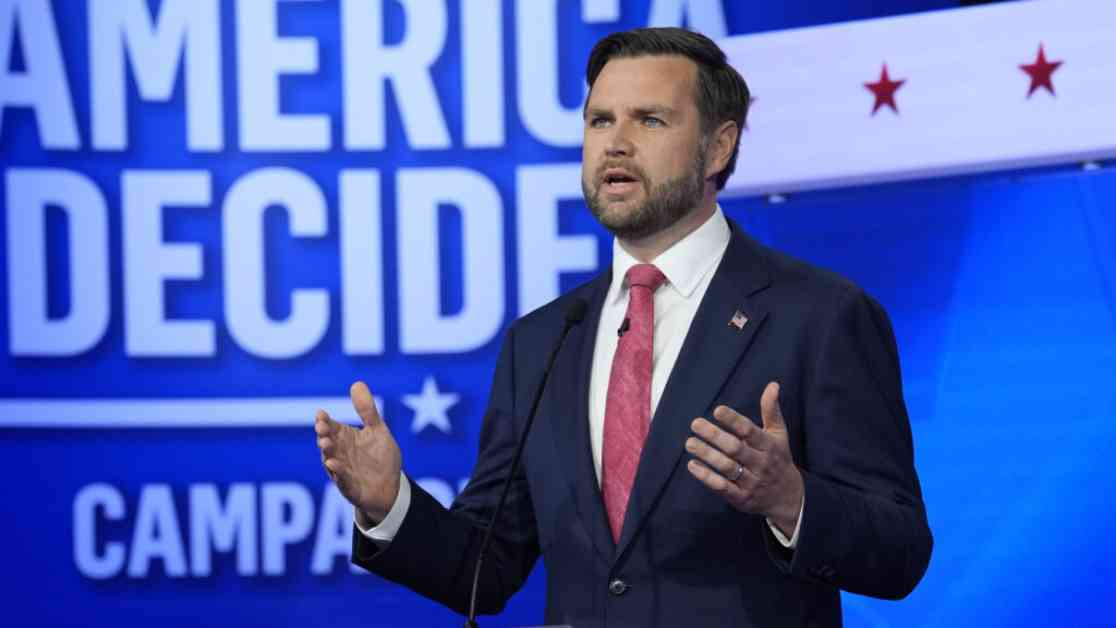During the recent vice presidential debate, Republican nominee JD Vance shed some light on the Trump campaign’s plans to make health insurance more affordable. He mentioned a concept called “reinsurance regulation,” which had been successfully implemented by his Democratic opponent, Gov. Tim Walz in Minnesota.
Reinsurance is essentially insurance for insurance companies that sell plans on Affordable Care Act exchanges. The federal government has allowed 17 states to participate in programs that help cover the costs of insuring patients with high medical bills. When these outlier patients are covered, premiums for other patients in the insurance plan decrease.
Minnesota was one of the first states to adopt a reinsurance program, which has proven successful in reducing premiums by 15% to 20%. The program primarily benefited those who did not qualify for federal subsidies, providing them with significant savings on premium costs.
However, despite the success of reinsurance programs in certain states, there is uncertainty about Vance’s specific plans for healthcare reform. He has not explicitly endorsed a broader national reinsurance program, leaving many questions unanswered. Democrats have criticized the lack of detail in Trump’s and Vance’s healthcare policies, accusing them of wanting to return to a time when healthy and sick people were segregated into different insurance plans.
It is important to note that reinsurance programs are not a long-term solution to healthcare affordability. Additional financial aid provided by Democrats in 2021 is set to expire next year, leading to concerns about the future of ACA exchange premiums. Congressional budget experts estimate that millions of people could lose their insurance if this financial aid is not extended.
While a national reinsurance plan could potentially receive bipartisan support, Vance has not confirmed if this is part of the Trump campaign’s strategy. As the debate over healthcare reform continues, it is essential to consider sustainable solutions that address the needs of all Americans and ensure access to affordable healthcare for everyone.

















